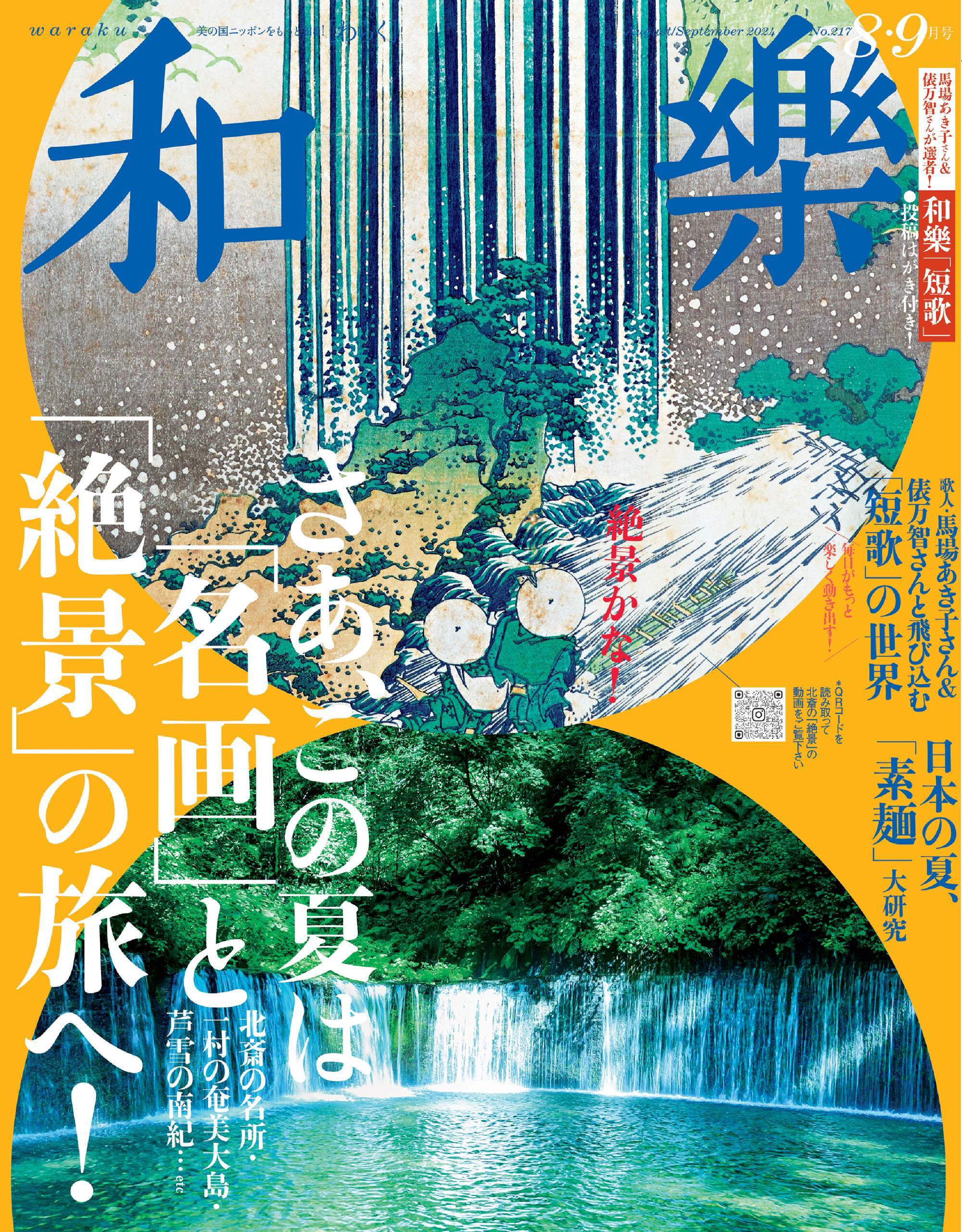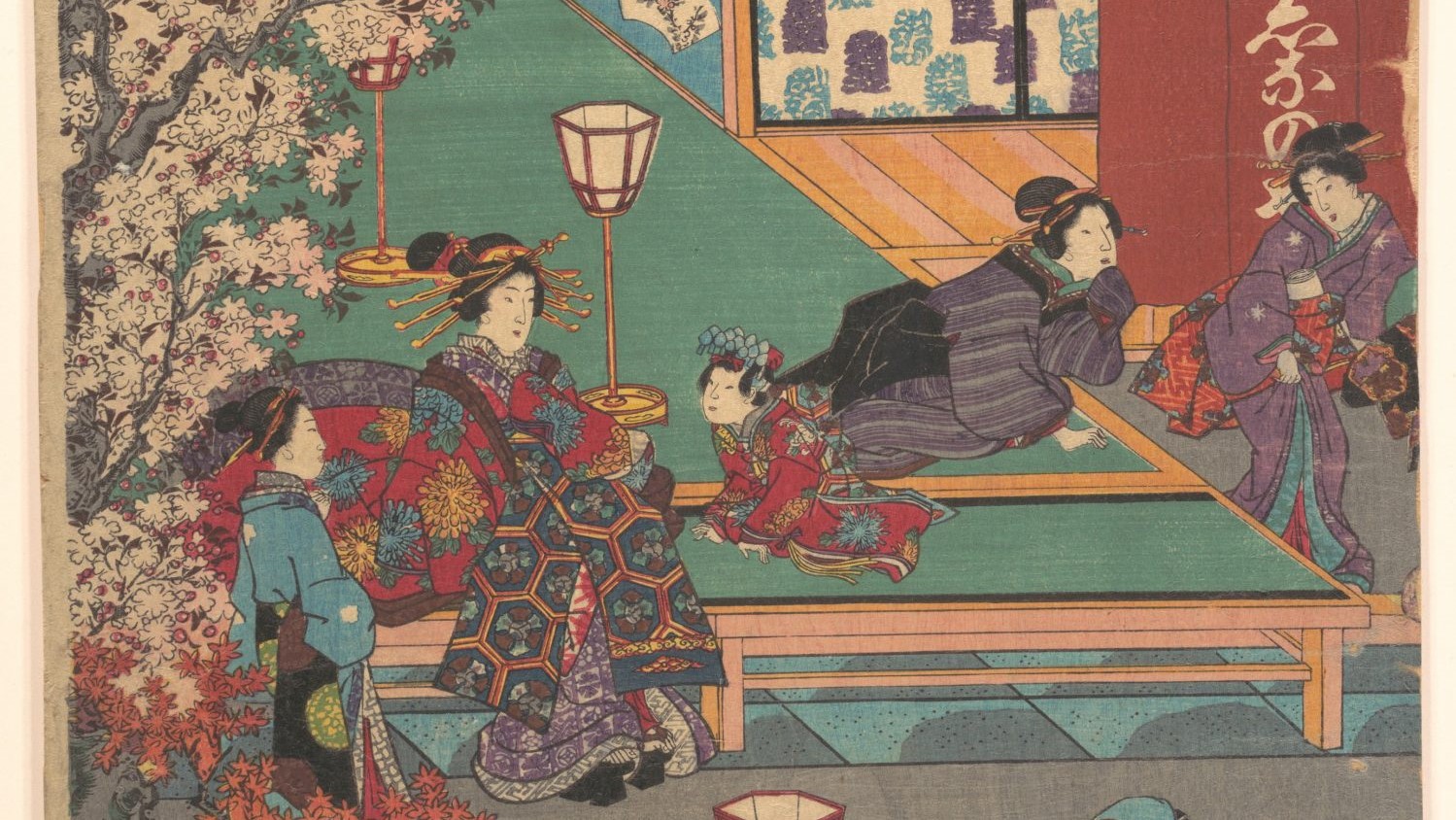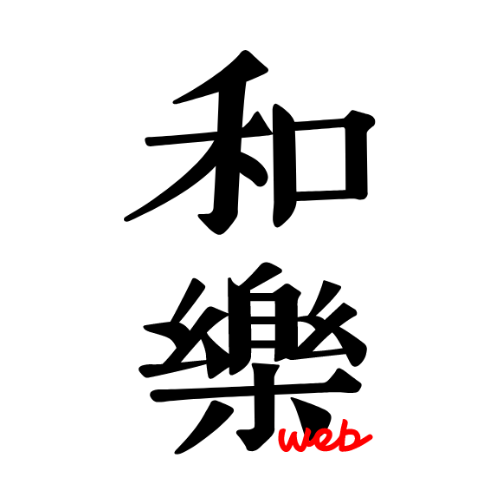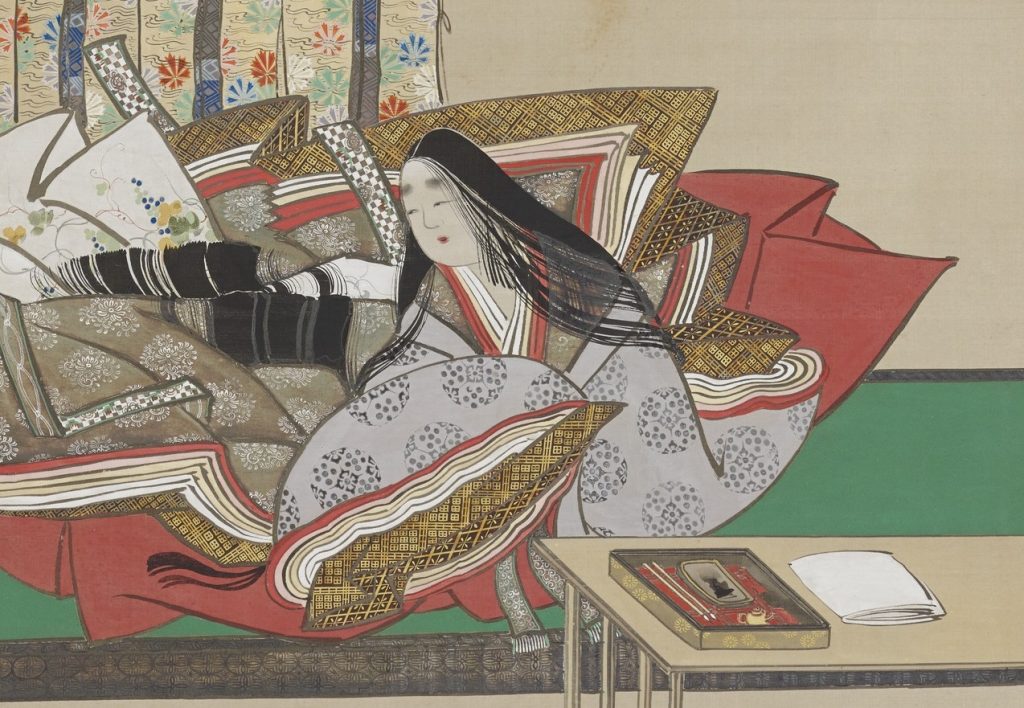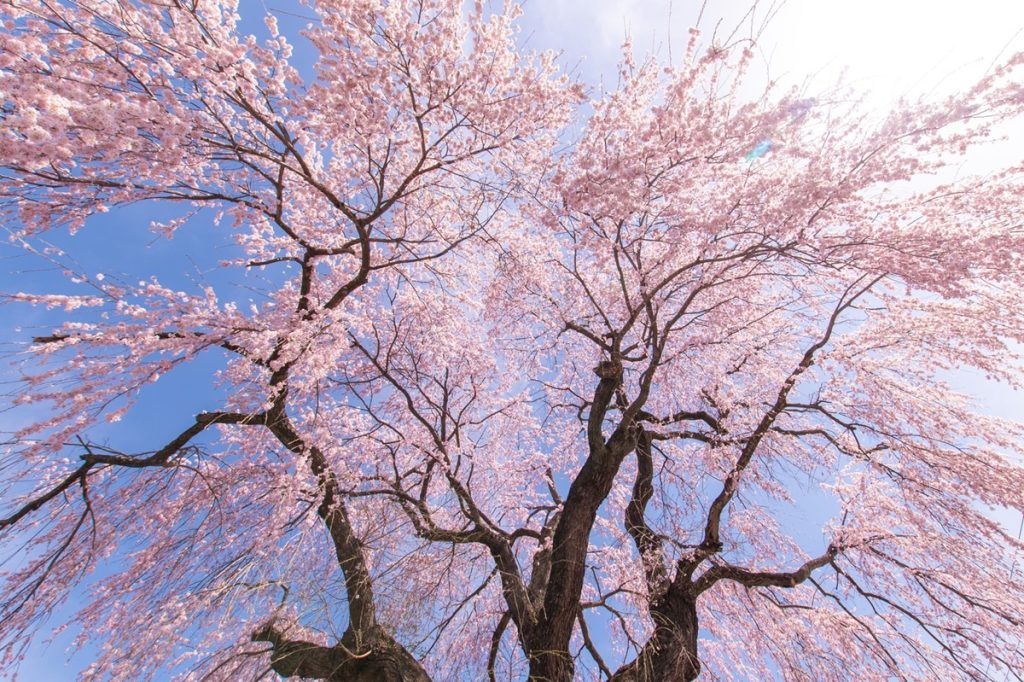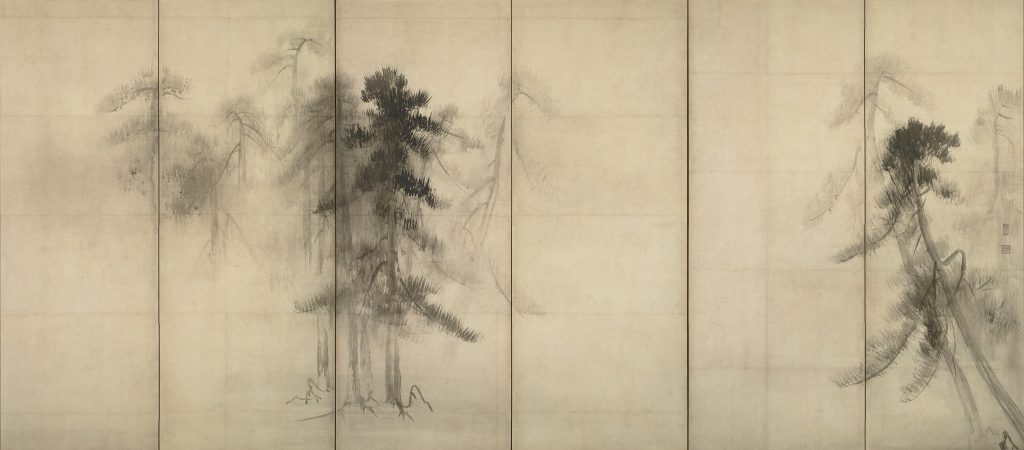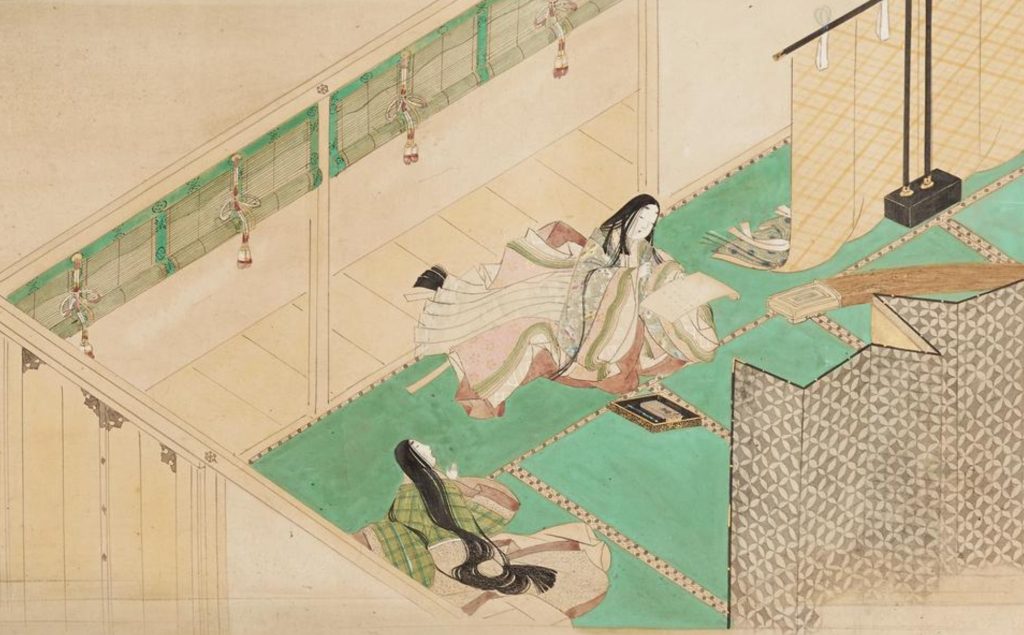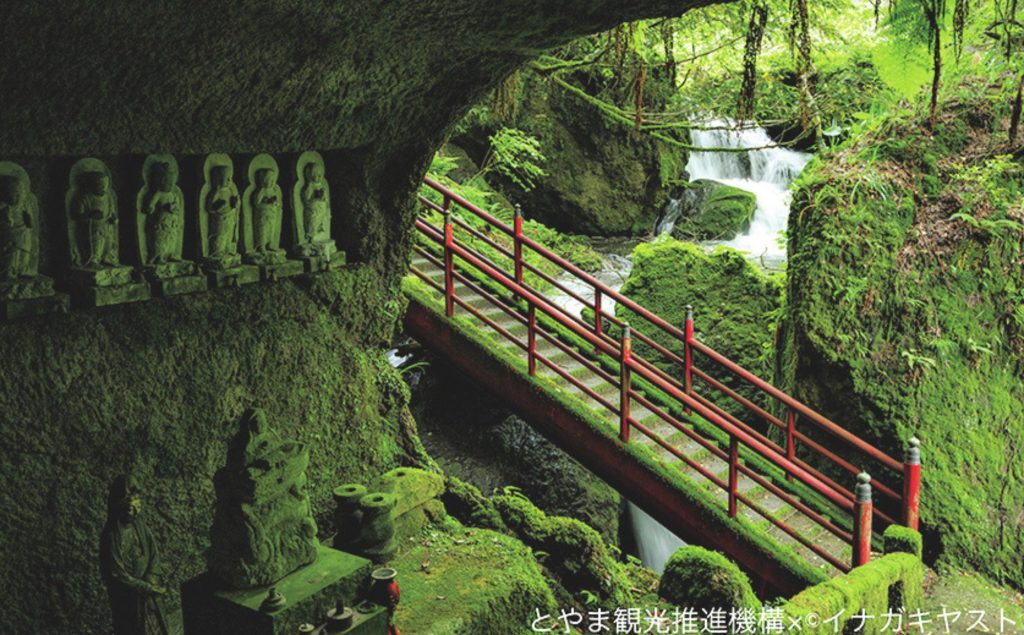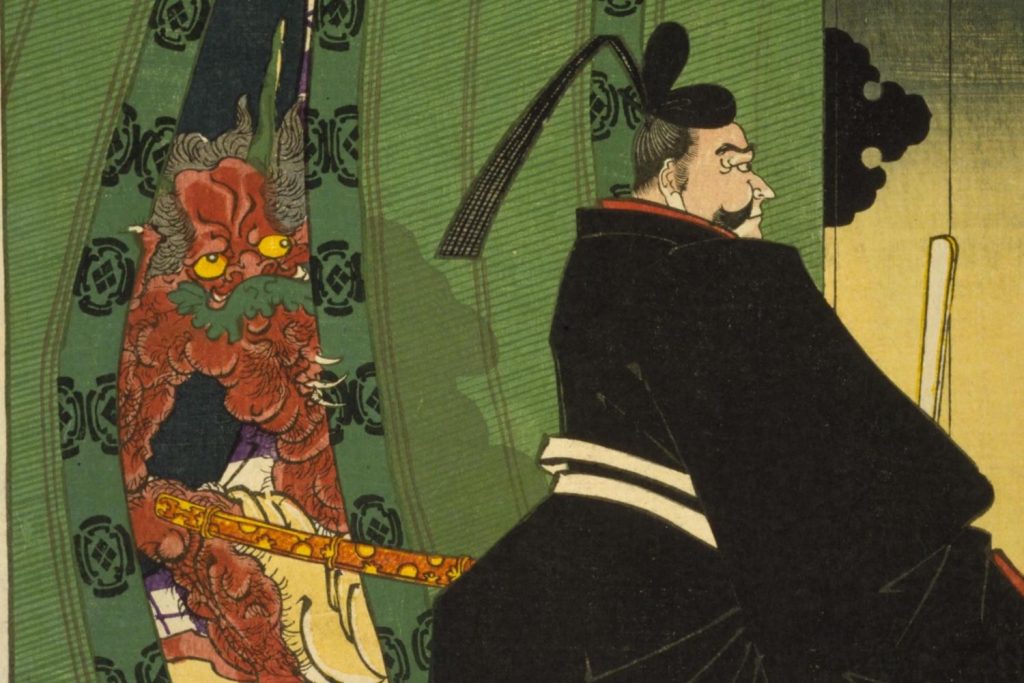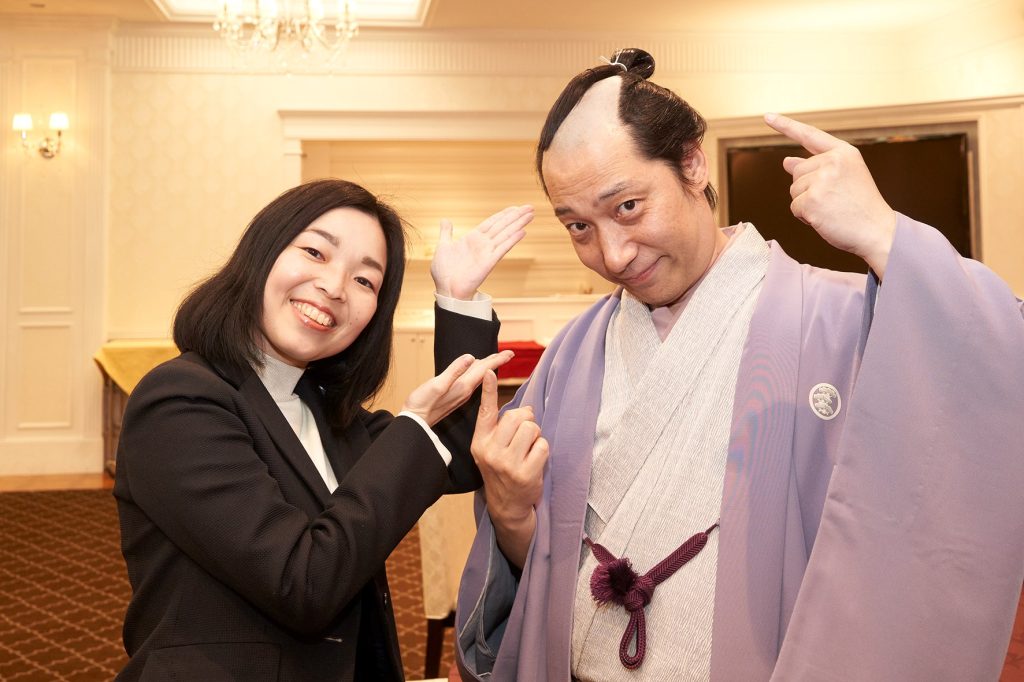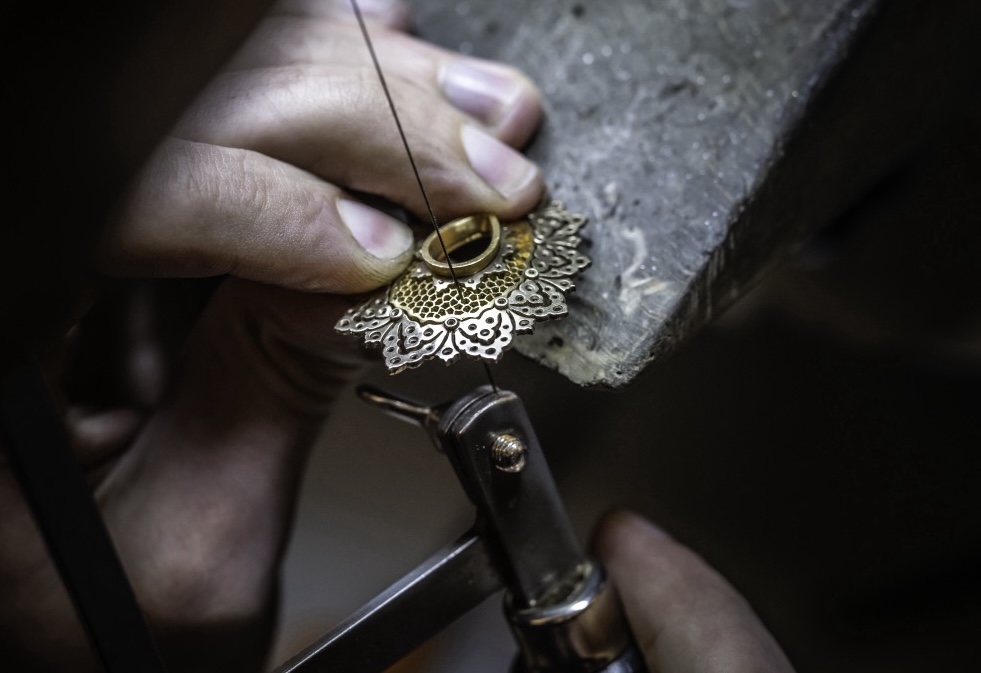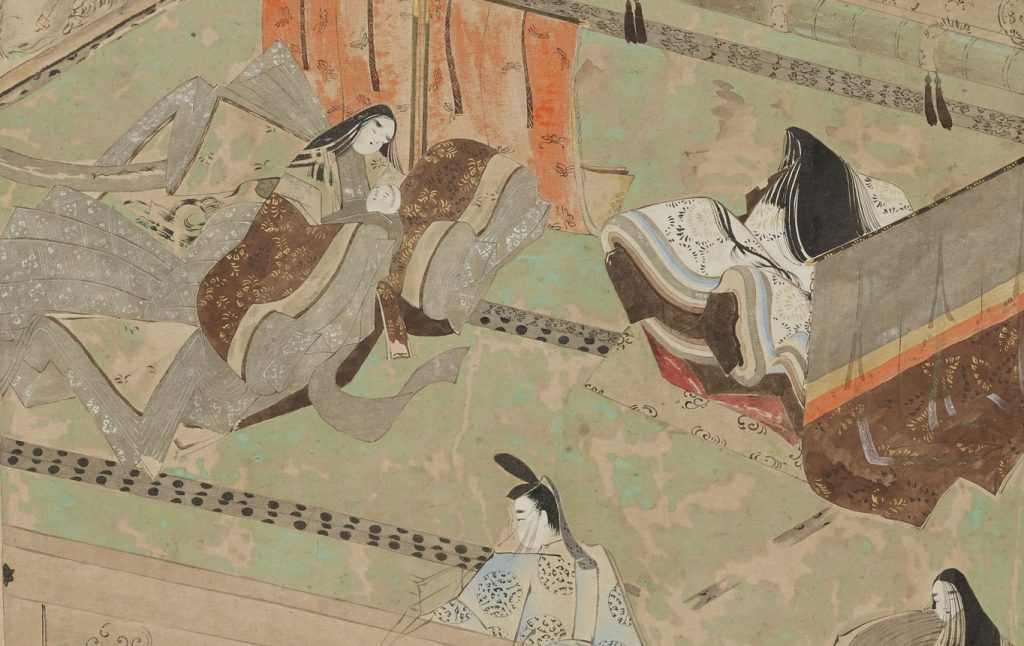What kind of place was a “yukaku(遊郭)” and what did people do there? Let us break it down and explain.
A place where ”Yujo”s were gathered. That was a “yukaku”.
A “yukaku” is a place where ”Yujo” during the Edo period, were gatherered.
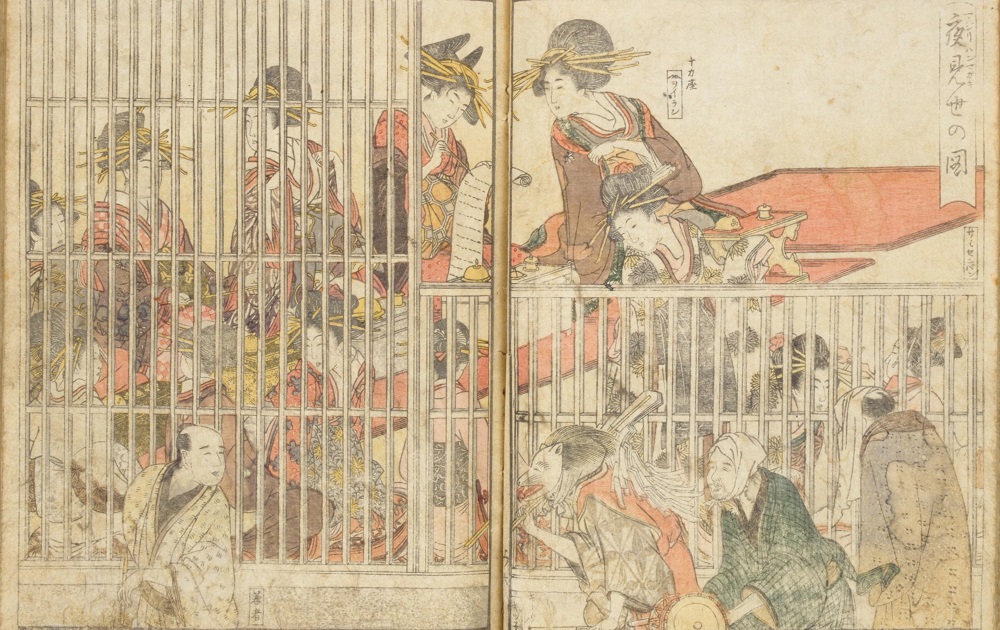
National Diet Library Digital Collections
So what was a ”Yujo”? They were essentially women who worked as prostitutes.
In the Edo period and before, these women were called “yujo(遊女),” or “Ukareme”, “asobime,” “yukun(遊君),” “keisei(傾城),” and so on. Incidentally, the word “yujo” itself is also found in the “Man-yoshu” which was written in the late 7th century.
Toyotomi Hideyoshi: “All Yujo should be gathered in one place.”
In 1585, Toyotomi Hideyoshi had a place built for Yujo in the city of Osaka. This is considered to be the beginning of “yukaku”.
As the word “yujo” has existed since ancient times, the act of prostitution has existed since ancient times.
Before Hideyoshi’s policy, however, there were no publicly recognized places for Yujo to gather, and places for such activities, called “yujo-ya,” were scattered throughout the city.
The brothels built in Osaka at this time were called “Shinmachi Yukaku” (present-day Shinmachi, Nishi-ku, Osaka City), and all places for such “activities”, which were scattered throughout Osaka, gathered in this place, Shinmachi.
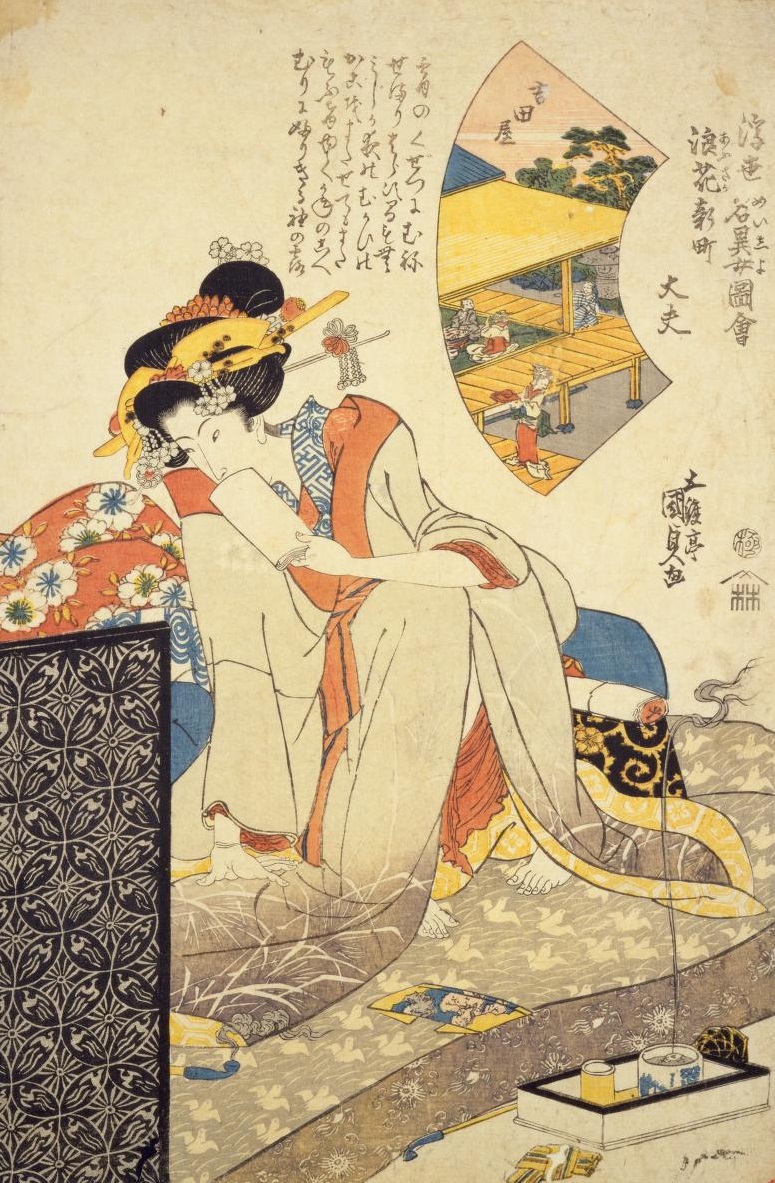
National Diet Library Digital Collections
Hideyoshi also established the “Yanagicho yukaku” in Kyoto. This was relocated and reestablished as the “Shimabara yukaku” in 1640.
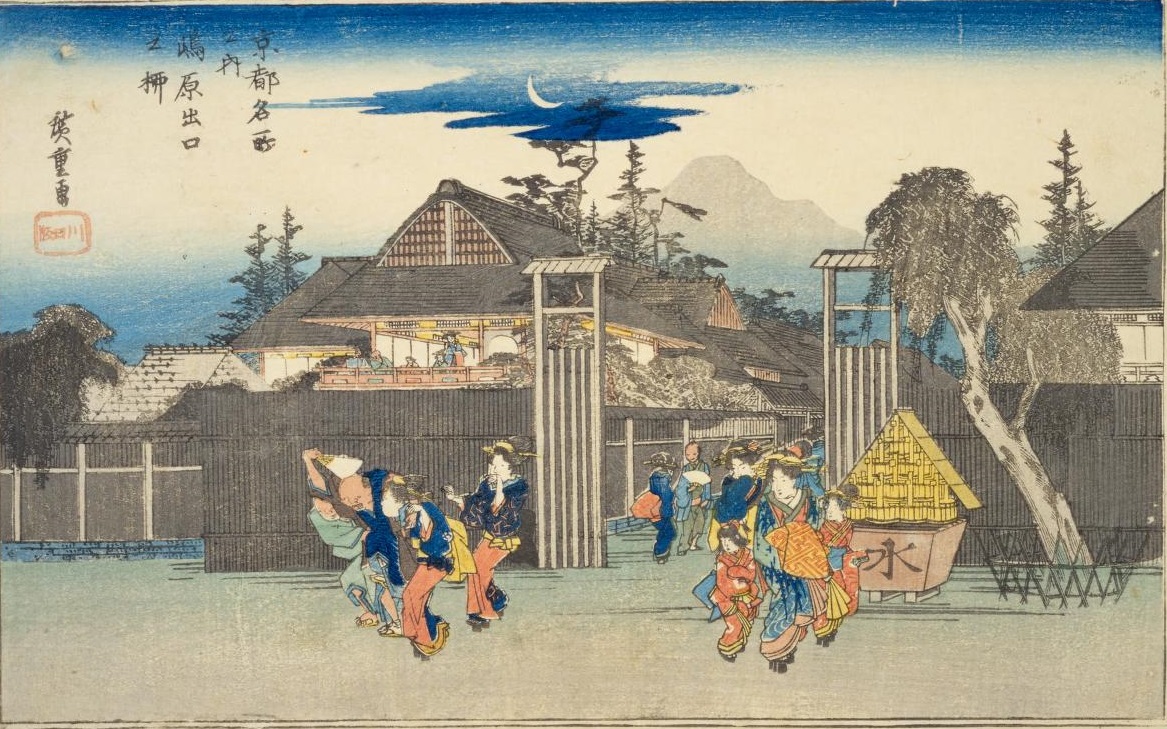
National Diet Library Digital Collection
The Tokugawa administration took over this policy of Hideyoshi, and in 1617, it authorized the construction of “Keisei machi” in Fukiya-cho (near present-day Nihonbashi Ningyocho, Chuo-ku) by gathering together brothels that were scattered in several locations throughout Edo.
This was the origin of the famous “Yoshiwara yukaku(吉原遊廓),” which continued to exist through the end of the Edo period until the Showa period (1926-1989), even after it was relocated to Shin-Yoshiwara in Asakusa in 1657.
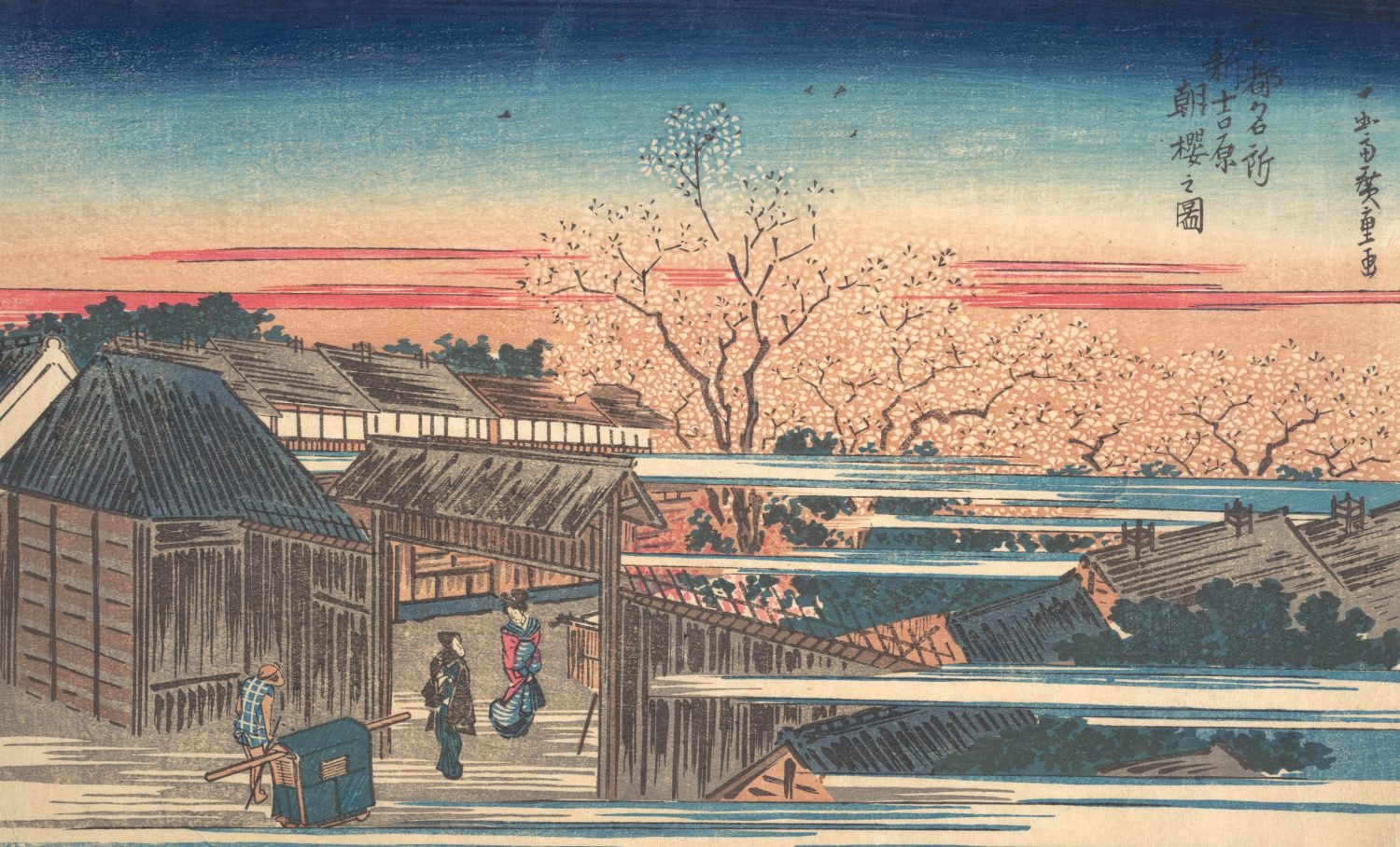
The Metropolitan Museum of Art
Why were they called “yukaku”?
The gathering of Yujo in one place, or to put it in more difficult terms, “Licensed prostitution system by collection of prostitutes” had two purposes.
One was to control public safety and public morals.
The other was to facilitate the collection of taxes.
Another was to control the flow of people in and out of the brothels, thereby making them places of a distinctly different nature from general civil society.
From these points of view, the Edo shogunate authorized three licensed brothels in Japan.
They are “Osaka Shinmachi,” “Kyoto Shimabara,” and “Edo Yoshiwara”.
In order to effectively achieve the above objectives, all the brothels were located in the periphery of the city, surrounded by ditches and walls, and had only one entrance and exit to keep the outside world out.
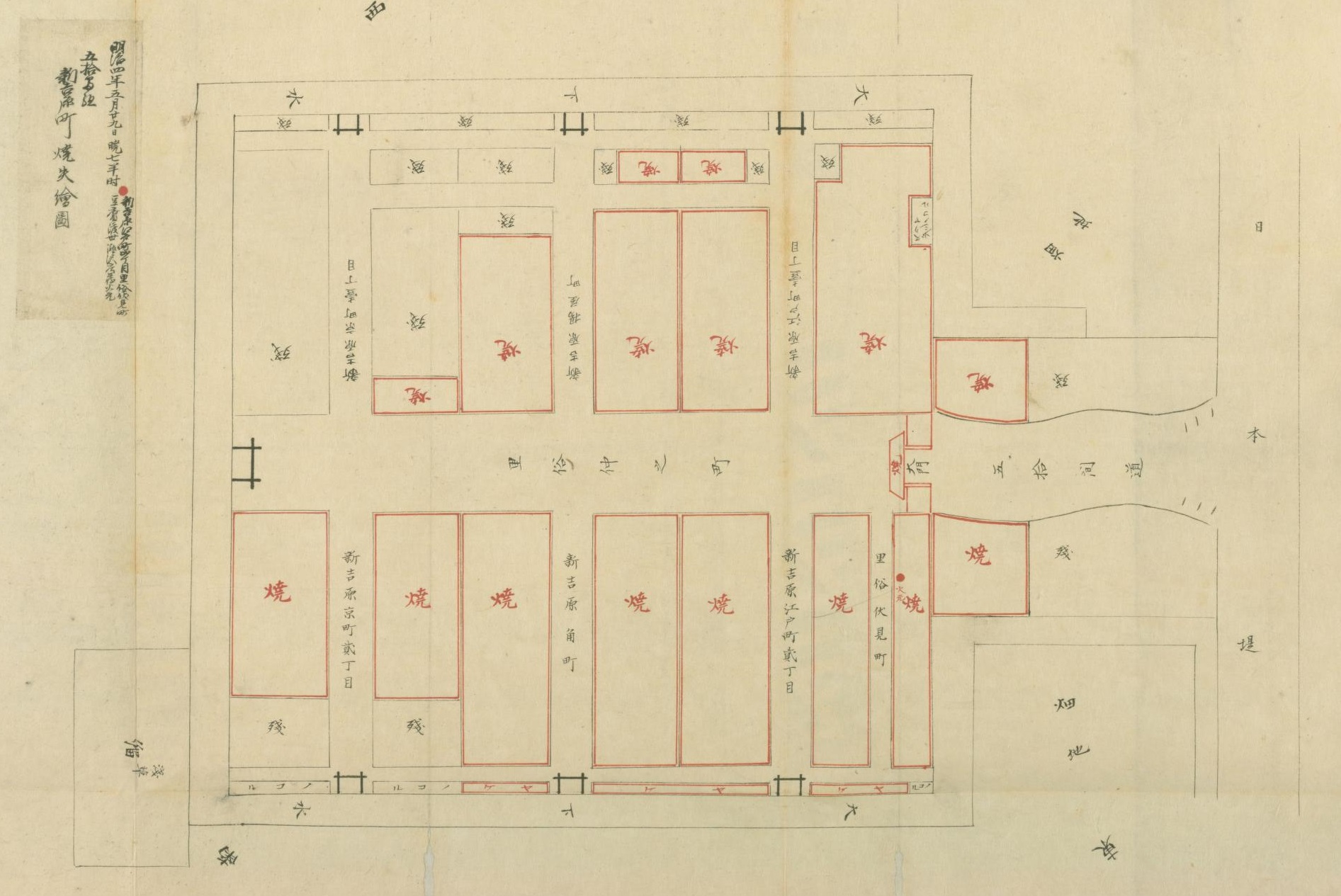
“Shin-yoshiwara-cho syousitu ezu” National Diet Library Digital Collections
For this reason, a brothel is sometimes called “kuruwa” and written “郭” or “曲輪”.
Kuruwa means “an enclosure surrounding a castle or fortress”.
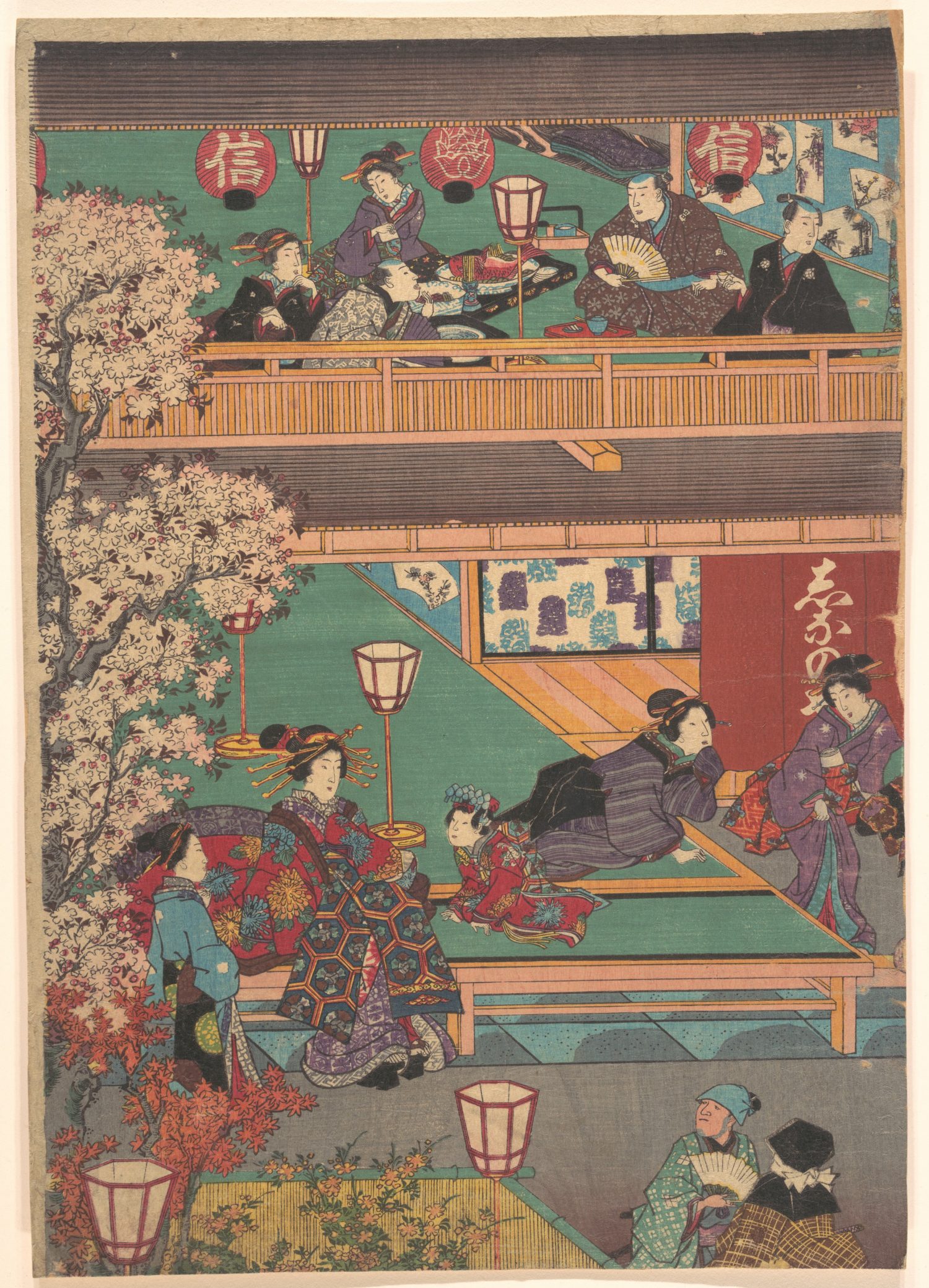
Collection of the Metropolitan Museum of Art
The Dazzling Culture of the yukaku
With the establishment of the yukaku, a variety of unique cultures blossomed within the Kuruwa.
In addition to the sexual relations between men and women, a prestigious system was born, and yujos and establishments came to be ranked. The term “oiran(花魁),” which we often hear, refers to a Yujo of the highest rank. The term “tayu(太夫)” also refers to the highest rank of yujo, but there are various theories as to the exact distinction between the two and the origin of the term.
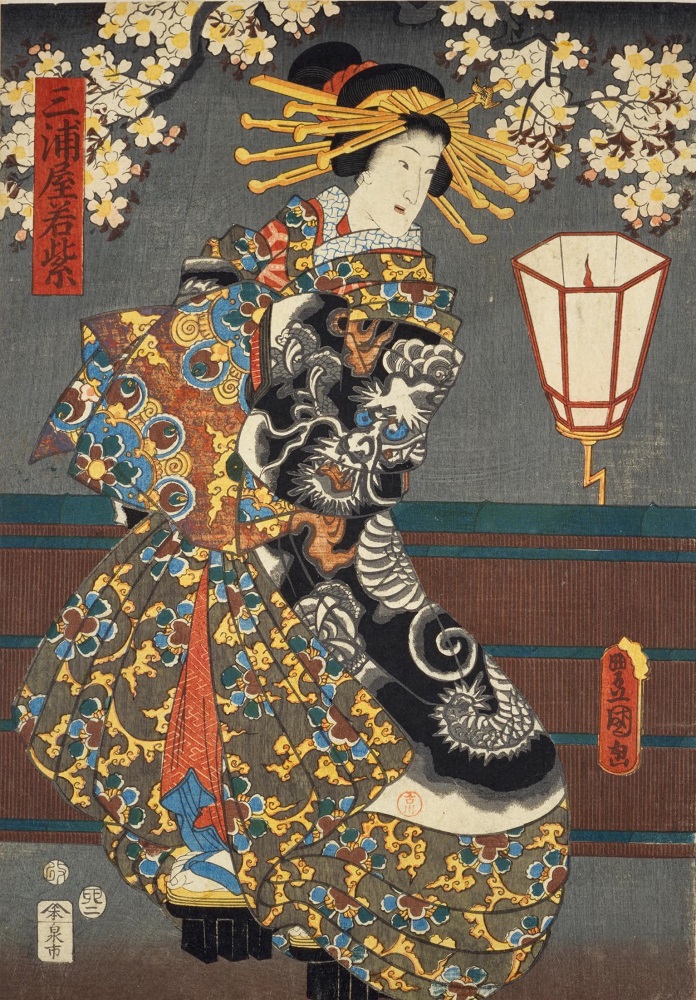
Oiran and tayu were not simply yujos, but were also expected to have a certain level of education and musical ability. At the same time, the guests were expected to have appropriate manners, and the brothels developed their own rules.
In reality, there were a lot of yukaku all over the country
It is not surprising, of course, but “such needs” exist all over the country, and three places are not enough. There were many “such places” throughout the country that were tacitly recognized.
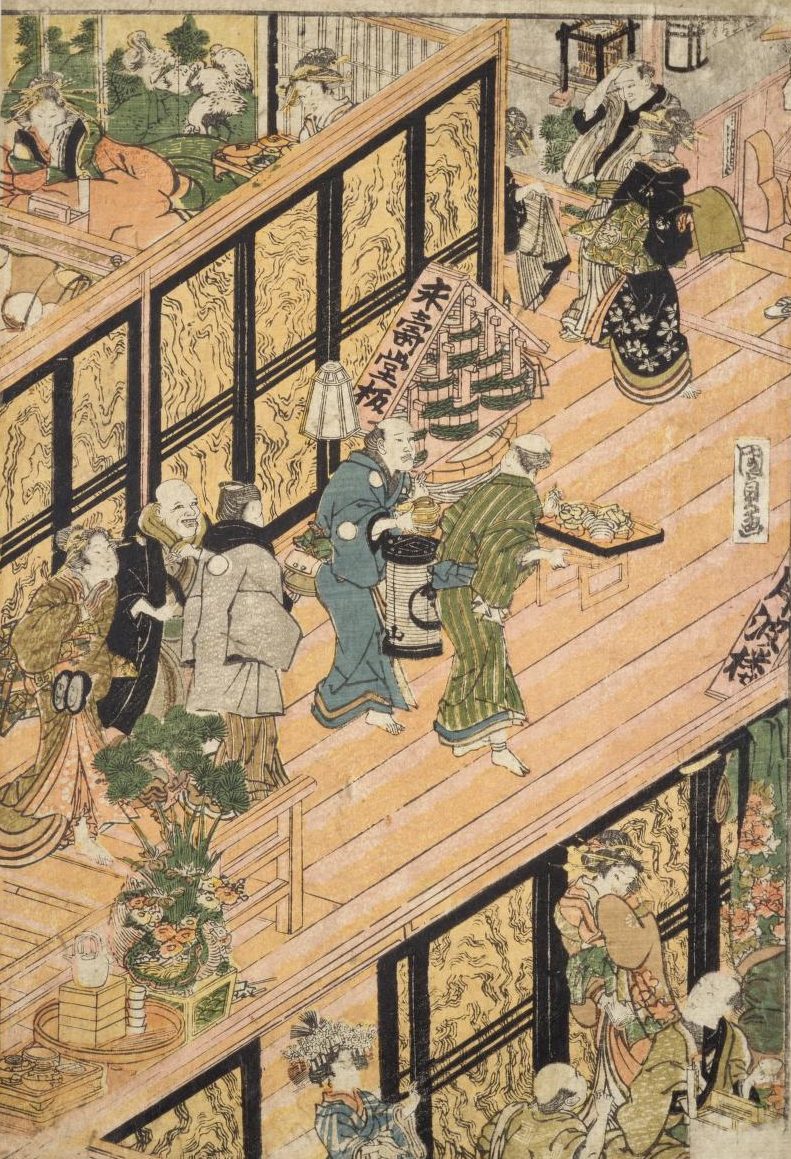
An essay from the mid-Edo period, “Dobo goen” (written by Shoji Dojosai Katsutomi), listed 25 locations in Japan.
After all, there were “yukaku” all over Japan.
For example, Furuichi in Ise, which was visited by pilgrims to Ise shrine, was a teahouse town officially, and Shinagawa-juku on the Tokaido Highway was formally recognized as a meshimori hatagoya (inn where meals were served).
The gradual decline
From the mid-Edo period onward, these unauthorized places (called Shisyogai(私娼街) began to gain power.
These freelance yujos, who were not in the brothels, were called “yotaka(夜鷹=night hawk)” in Edo, “tsujigimi(辻君)” in Kyoto, and “souka(惣嫁)” in Osaka, and the place where they spent the night was called “okabasho(岡場所)” (or simply outdoors).
Naturally, because they were unauthorized, they were subject to strict controls and severe punishments if found. On the other hand, in the case of the brothels, the formalism and accompanying high entertainment costs so much and gradually drove the common people away from these places.
What Happened after the Meiji Era?
The public prostitution system, which often involved human trafficking, was criticized by foreign countries after the Meiji Restoration, and there was a movement to abolish it from the perspective of modern human rights.
This movement is known as the “abolition of prostitution movement,” and in 1872 the Meiji government issued the “Geishogi kaiho rei(芸娼妓解放令)” in an attempt to reorganize the existing yukaku under modern laws.
However, the yukaku themselves were not abolished, and in the following year, the “Kashizashiki tosei kisoku(貸座敷渡世規則)” were issued, and the brothels continued to operate as “rental rooms”. In fact, for yujos (or “Syogi(娼妓)” in the official terminology used after the Meiji period) and the people who worked there, the yukaku were the base of their lives, and in some aspects, their livelihood was guaranteed there.
Under this law, licensed yukaku that had existed until the Edo period, as well as unlicensed inns and private yukaku, were licensed and continued to exist until the just before the WWII.
In 1924, there were 545 licensed locations nationwide, with approximately 11,200 licensed vendors and 52,200 Syogi(Yujo)s.
After the war, the GHQ issued a “Kosyo haishi sirei(公娼廃止指令)” in 1946 as part of its occupation policy. The public prostitution system was effectively abolished.
However, even here, a loophole was created. This was the so-called “Akasen chitai(赤線地帯=Red lined area)”, an area where there was a concentration of vendors with prostitutes who were hired to provide prostitution.
The story of the loophole was like this. Prostitutes lived in rented rooms in the special restaurants, where they fell in love with customers who came to visit them and received gifts. In 1952, there were 618 Akasen area and similar zones and about 18,000 businesses nationwide.
Although “yukaku” continued to exist through various loopholes, the Anti-Prostitution Law was enacted in 1958.
In this law, prostitution was defined as “sexual intercourse with an unspecified partner for compensation or with the promise to receive compensation,” and “no person shall engage in prostitution or be a partner in prostitution”, yukaku as a system of public prostitution was finally abolished.
Not allowed, but…
Prostitution is not permissible from the legal and human rights perspective of modern Japan, and there is no room for tolerance in modern society.
However, this viewpoint is based on a perspective born after the modern era, and we cannot condemn the people of the Edo period, or even earlier, based on our modern viewpoint.
While the sad history of the yukaku of the Edo period, such as human trafficking, is a premise, Yukaku had a deep relationship with the culture of the time as entertainment and they constituted an important aspect of Edo culture.
Reference: Heibonsha “Sekai daihyakka jiten”, Shogakukan “Nihon kokugo daijiten”.




